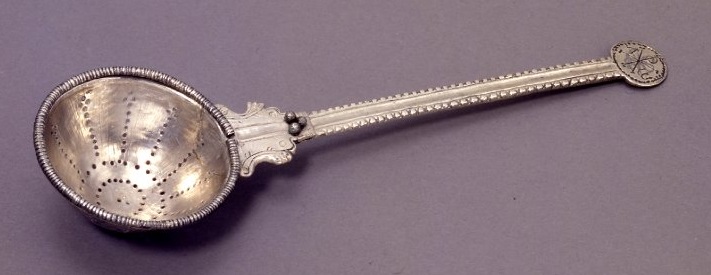I am not sure how many years they have been building a pottery kiln at Pennsic, on Long Way between Fosse Way and Wroxeter road (across the street from N31). Our household has been in its current location (N30) for over twelve years. I walk past it every year and I don’t remember it not being there. Every year I watch for the arrival of “the tarp”, and I try to get at least a couple of pictures of the process of building and using the kiln. This year my hubby took a bunch of pictures, too, so between the two of us, we have a fairly decent chronicle of the building and use of the kiln. I have never had the opportunity to actually participate in the firing process. But I am none-the-less fascinated by the kiln and I wanted to share it with all of those who may never have seen it, in the hopes that others may consider creating a similar endeavor at other locations.
This is the view of the kiln area from the street.
But when the process starts, this is what the area looks like.
The kiln is right along the edge of a small stream and takes advantage of the naturally occurring clay in that area. One of the first things that has to happen is the digging clay and the air tunnel.
Once the air tunnel that provides a solid draft for the kiln is dug, a clay liner is created for the kiln.
Here the fresh liner of gray clay has been surrounded by a combination of dirt and pieces of baked clay that are left over from previous kilns (the reddish chunks and lumps). The air tunnel is also covered with clay and then dirt and baked clay lumps, and it winds up looking like this.
The kiln after the first firing. You can see that the liner is now completely dry. The dried pottery and tiles will be stacked inside this area for firing.
After the first firing the kiln is ready to be loaded and fired up for a considerable number of hours. I had hoped to get a picture of the kiln in full firing glory this year, but they fire it overnight, and I fell asleep.
According to the description in the Pennsic gatebook, this is an English style pottery kiln. The number of firings that they manage to accomplish during Pennsic depends largely on the weather. According to the Pennsic Independent, in 2011 there were at least three firings during the war. Master Simon de Okewood teaches a class on kiln construction and then follows it up with a class on firing in a Medieval Pottery Kiln. The tiles and pottery from the children’s pottery classes are sometimes fired in this kiln, too. Allowing folks to actually take home finished pieces that they have made at Pennsic creates one of the coolest souvenirs that I can possibly think of.
Hmmmm. I guess I am going to have to move this set of classes much further up my list of things to do at Pennsic for next year. Taking a closer look at the process has made me want to take the classes even more!








